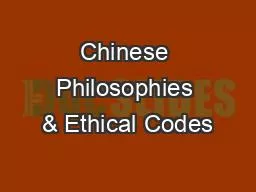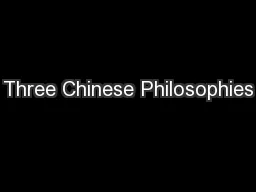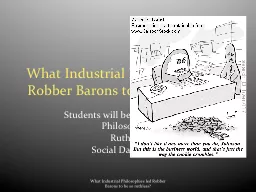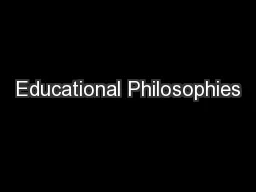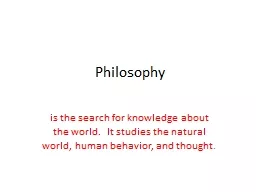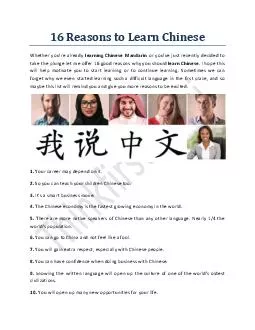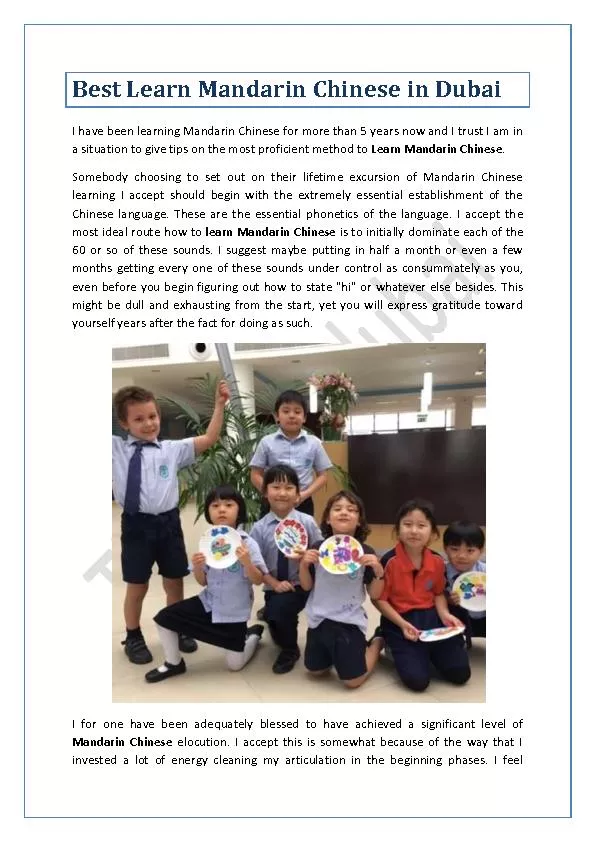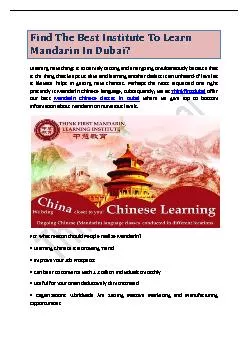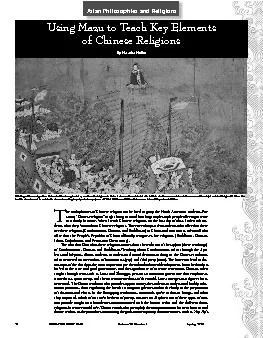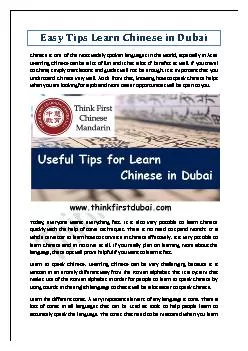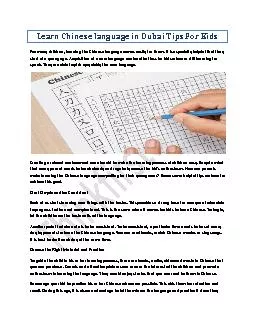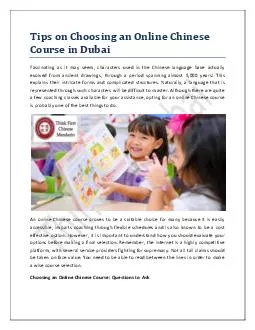PPT-Chinese Philosophies & Ethical Codes
Author : eurolsin | Published Date : 2020-07-03
Grade 7 Confucianism Confucius 551 479 BCE Born in the feudal state of Liu Became a teacher and editor of books Li gt Rite rules ritual decorum Binding
Presentation Embed Code
Download Presentation
Download Presentation The PPT/PDF document "Chinese Philosophies & Ethical Codes" is the property of its rightful owner. Permission is granted to download and print the materials on this website for personal, non-commercial use only, and to display it on your personal computer provided you do not modify the materials and that you retain all copyright notices contained in the materials. By downloading content from our website, you accept the terms of this agreement.
Chinese Philosophies & Ethical Codes: Transcript
Download Rules Of Document
"Chinese Philosophies & Ethical Codes"The content belongs to its owner. You may download and print it for personal use, without modification, and keep all copyright notices. By downloading, you agree to these terms.
Related Documents

